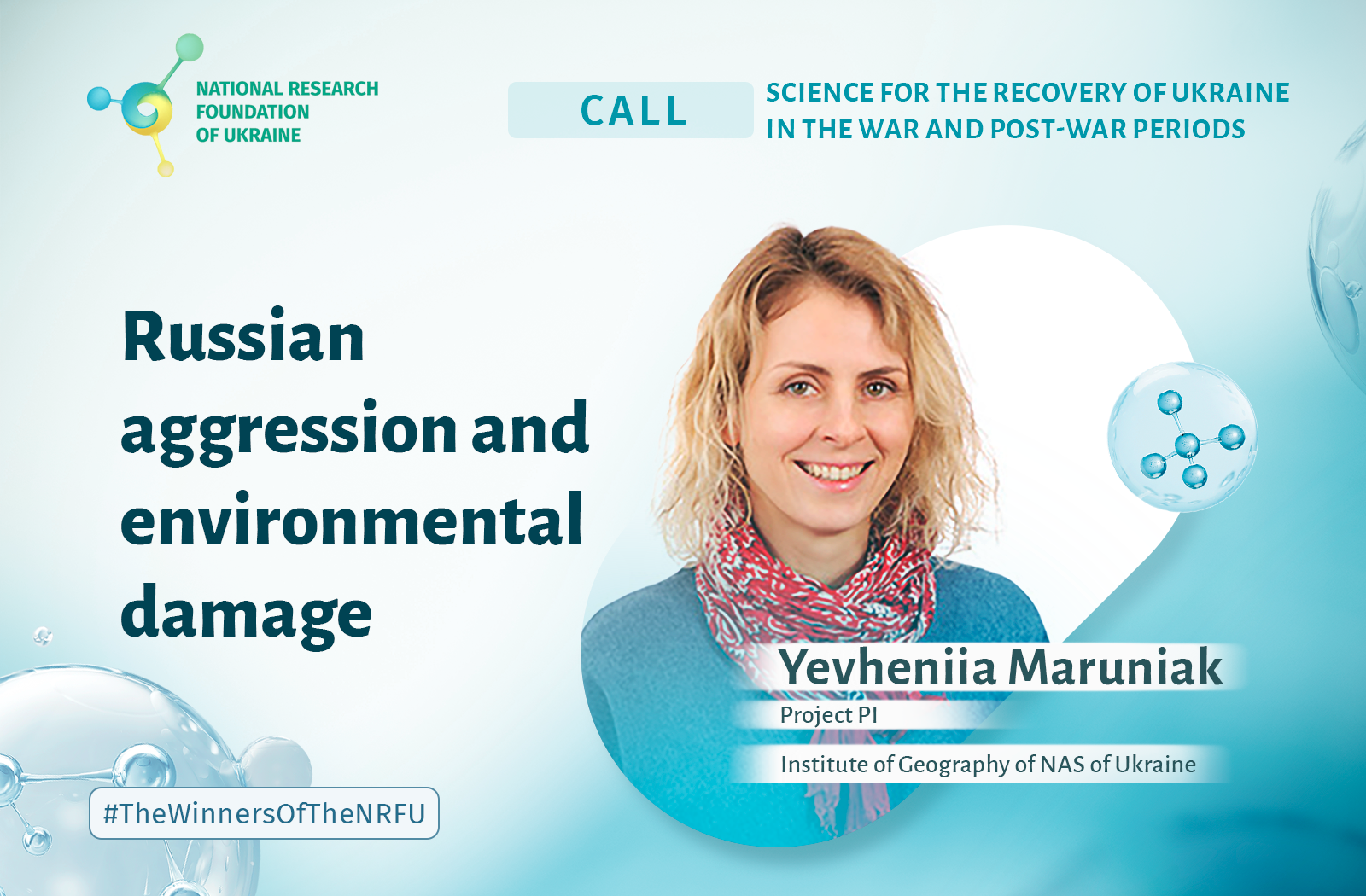In February 2022, Kharkiv researchers found themselves in the very epicenter of the enemy offensive. The Russian army struck the city with Grad MLRS and heavy artillery, and cruise missiles were aimed at research institutions.
In March, one of the enemy shells hit the laboratory of the Department of Crystalline Materials of Complex Compounds at the SSI Institute for Single Crystals of the NASU. The head of the department, Roman Yavetskyi, figuratively speaking, grabbed his heart, because there was new equipment in the laboratory, purchased, in particular, with the grant funds of the NFRU.
Researchers of the institute were awarded grant funding from NRFU for the implementation of the project ‘Novel and traditional IR-transparent ceramics of complex architecture for extreme operating conditions’, and before the war they had purchased an expensive press for cold isostatic pressing.
“The laboratory after the shelling resembled scenes from movies about the apocalypse, but the equipment miraculously survived”, – recalls Professor Yavetskyi.
After the first flurry of shelling, members of the project team left the city. However, in the summer, four researchers returned to Kharkiv. Although the funding of the project was suspended (the funds were directed to the country’s defense needs), researchers manage to buy the necessary reagents with the institute’s funds and continue their work.
The project carried out by Kharkiv researchers aims to create novel and traditional IR-transparent ceramics for extreme operating conditions.
Roman Yavetsky explained that transparent ceramics based on refractory oxides have high optical transparency, thermal conductivity and can form elements of complex geometry. This makes them valuable for both fundamental and applied science.
“These ceramics are interesting model objects for studying the processes of consolidation and microstructure evolution during sintering”, he noted. “One of the practical fields of application is the windows of technological devices, in particular, those that work in extreme conditions (under high temperatures and mechanical loads)”.
What is the essence of the project carried out by Ukrainian researchers?
The Professor said that transparent materials capable of working in aggressive conditions are extremely necessary for modern infrared optics. For instance, inspection windows of technological devices are made of such materials.
Traditional optical ceramics based on refractory oxides cannot be used in extreme conditions (the mechanical properties of such ceramics are insufficient). That is why Kharkiv researchers decided to use composite nanoceramics which consists of several phases (in particular, a nanocomposite based on magnesium oxide and yttrium oxide).
Due to the small grain size, this nanocomposite has high mechanical properties (as we known, the mechanical properties of ceramics increase significantly with a decrease in grain size), therefore, it can be used in aggressive conditions.
“During the synthesis of such materials, sintering under conditions of the so-called ‘spatial limitation’ takes place”, explained the Professor. “That is, the grains of one phase will not grow because there are grains of another phase nearby. This means that the mechanical properties of the nanocomposite remain stable”.
Creation of new nanocomposites requires solving a number of scientific and technological problems. In particular, it is necessary to develop methods of synthesis of the initial ‘building blocks’ (nanopowders with a low degree of agglomeration); to ensure the formation of homogeneous workpieces of complex geometry by methods of colloidal compaction (the liquid phase allows the use of methods of ‘self-organization’ of nanoparticles). It is also necessary to create such consolidation conditions that would ensure the complete removal of residual pores and preservation of the grain size in the nanometer range.
“We hope to obtain an IR-transparent nanocomposite with high physical and mechanical properties”, added the researcher. “I am sure that the latest materials that we are developing will help to increase the defense potential of Ukraine. So far, there are no such materials in our country”.
Before the war, researchers had developed methods of synthesis of initial nanopowders based on magnesium oxide and yttrium oxide. They also determined the conditions of stabilization of aqueous suspensions of nanopowders for the next colloidal formation, and determined the technological conditions for obtaining products of complex geometry by the slip casting method (this was done for the first time for the MgO–Y2O3 system!).
In 2022, the researchers planned to finish the last, most important stage of the project – to produce optical ceramics. Its production requires special equipment, which they also planned to purchase this year. The war destroyed the plan, but the researchers hope that funding will be restored and they will be able to implement their research plan.
The research team has every reason to hope for success, because during previous experiments they managed to synthesize transparent yttrium oxide ceramics with complex architecture and high optical properties in a vacuum furnace.
According to the results of the project, one article has been published, and several more have been submitted for publication. The results of this year’s work were presented at the most prestigious conferences on the formation of ceramic materials in Switzerland (the report was delivered by the youngest scientist of the team, Daria Chernomorets).
“At first glance, it is not very much”, says Roman Yavetskyi. “But this can be accounted for by the specificity of the work – the scaling of ceramic technology requires a large amount of experimental work. By the way, new equipment helped us reach a new level of research. The purchase of such equipment is an investment in the future. I hope that in the near future, young scientists will have the opportunity to conduct global level research.
A young team executes the project. It has four early-career researchers (three of them are postgraduates), a doctoral student and PhD. Researchers have been working on the topic of obtaining transparent ceramics for more than ten years. “During this time, the team capable of solving the most complex scientific problems was formed. Last year was very complicated, but military challenges only made the team more united. The colleagues joke that they and the materials they create are ready for extreme conditions. I am proud of our team!”
Interviewed by Svitlana GALATA






